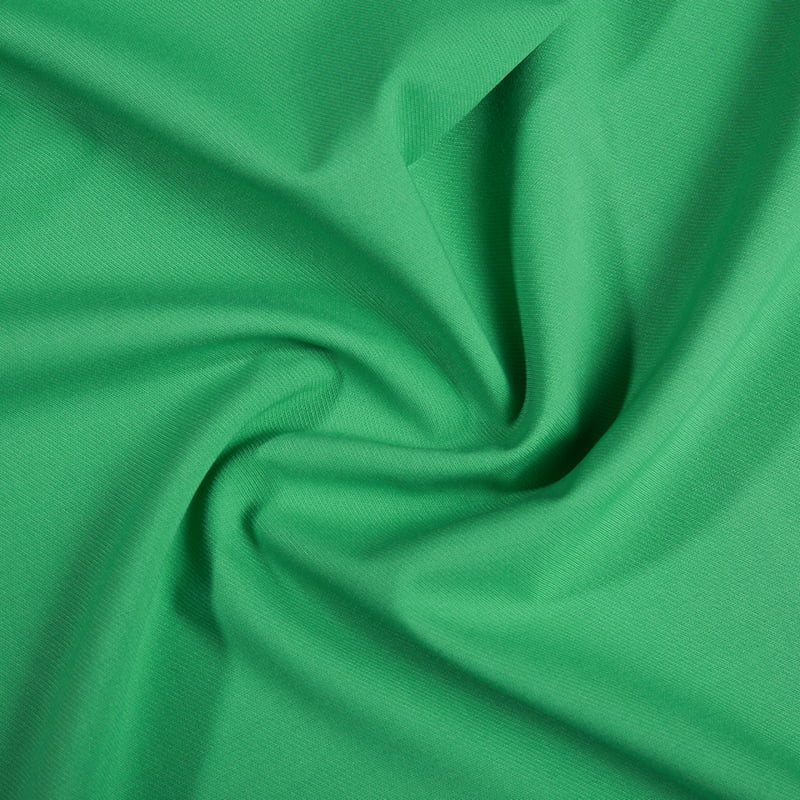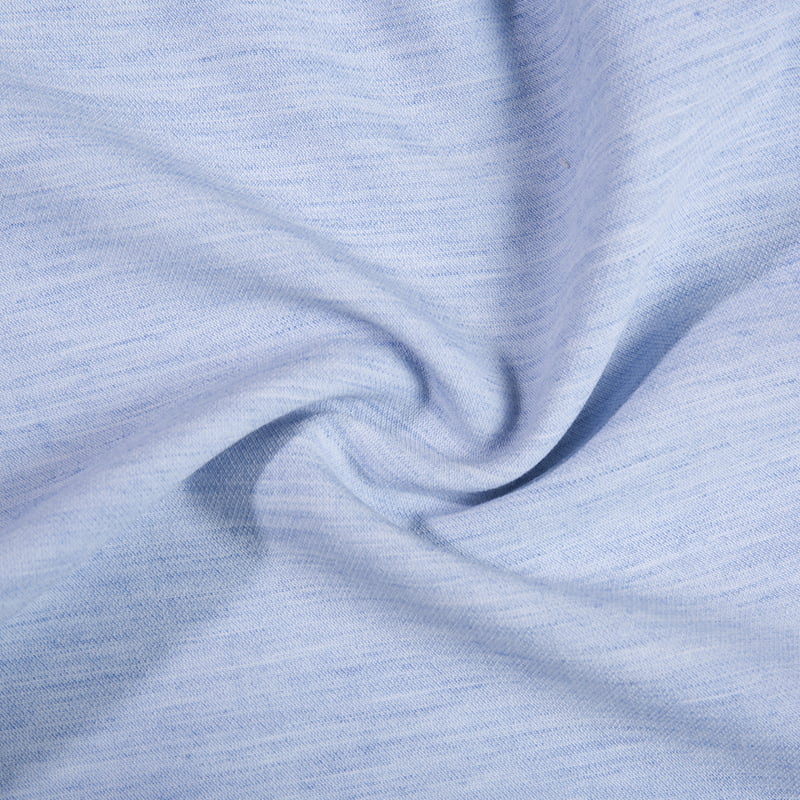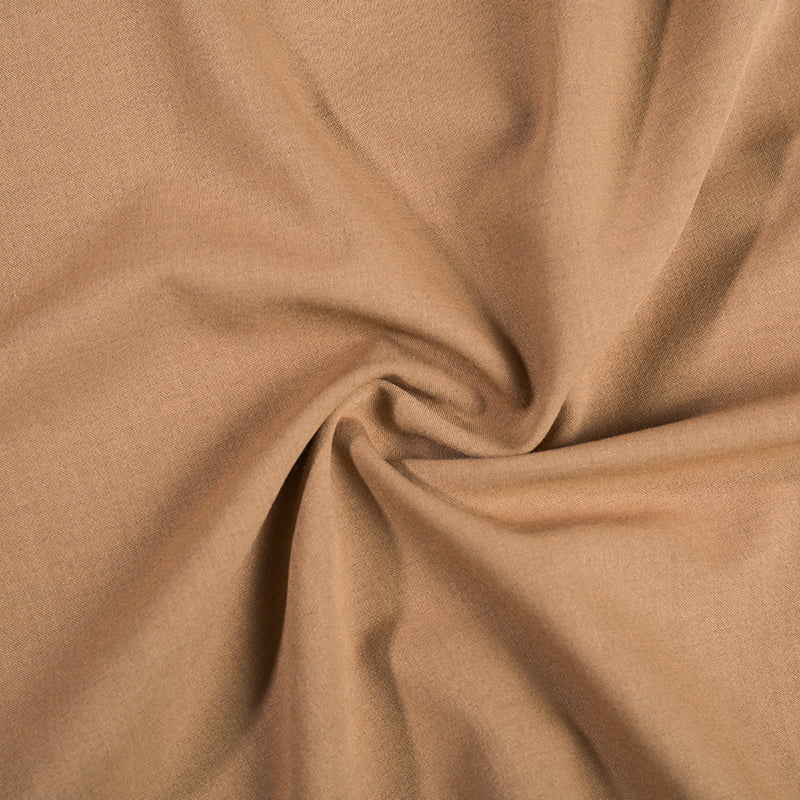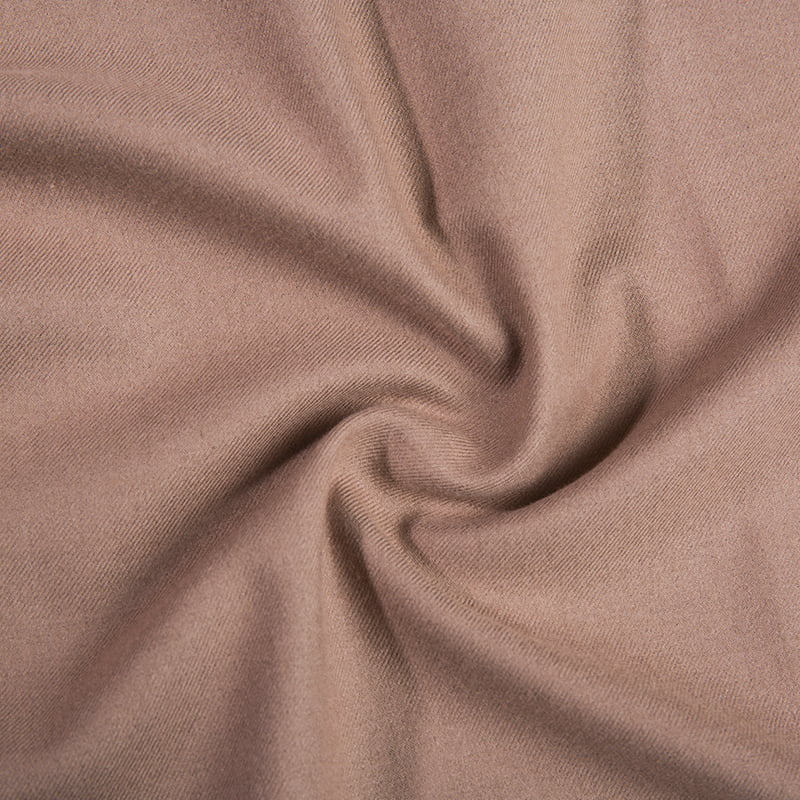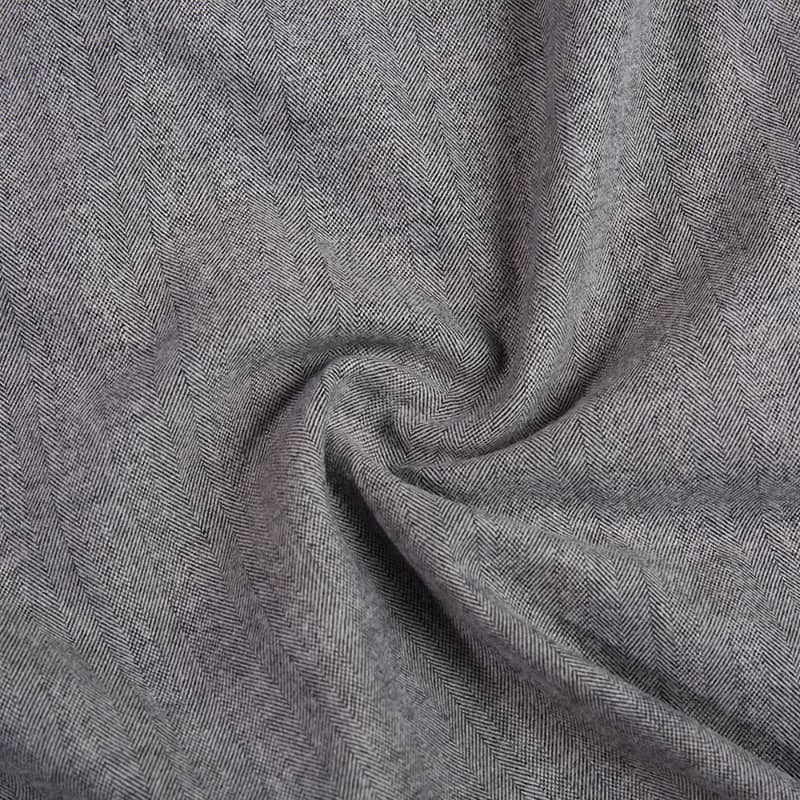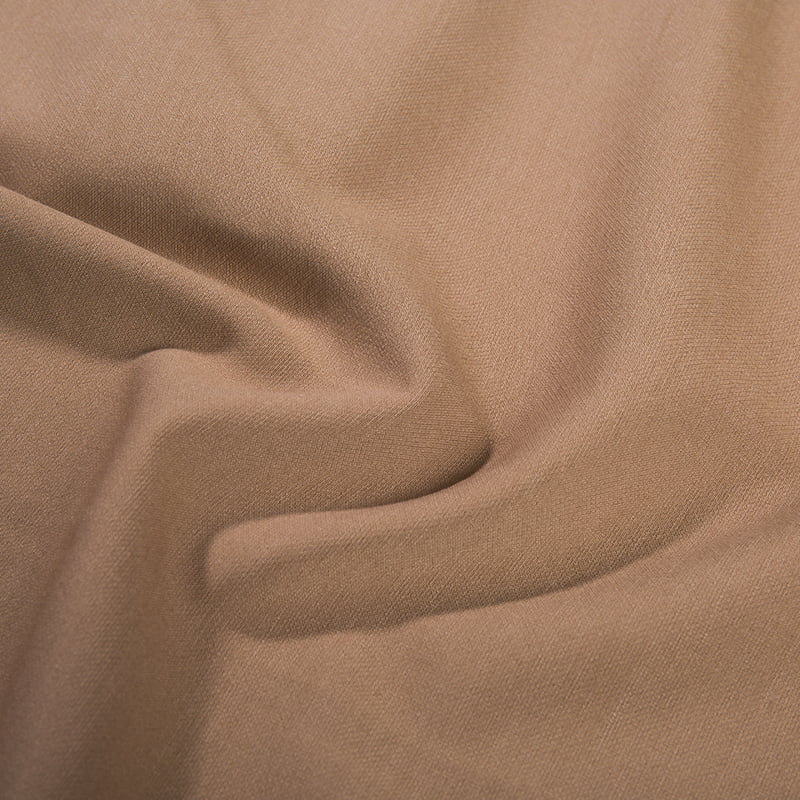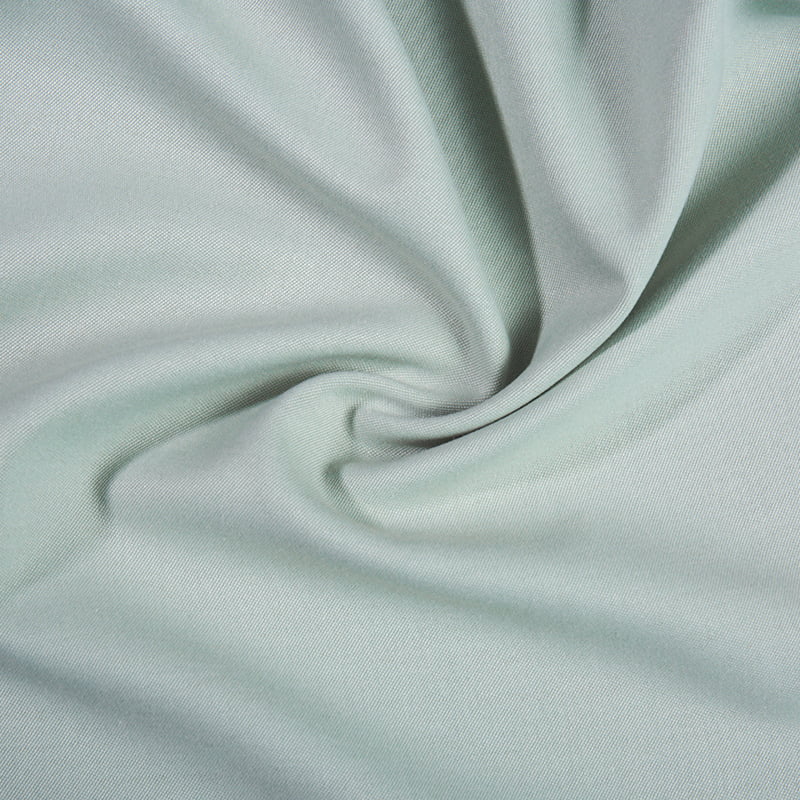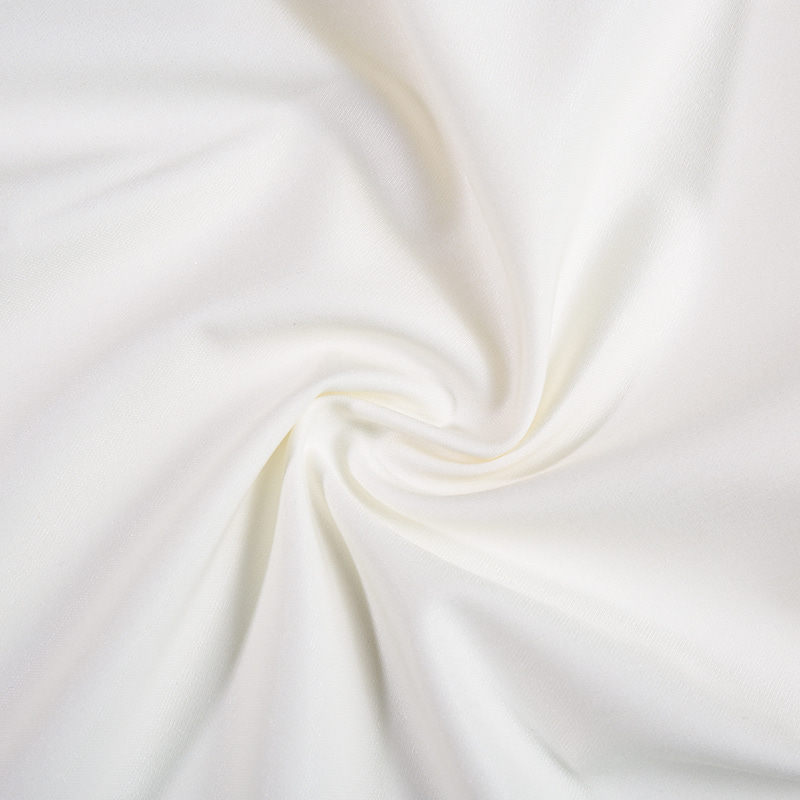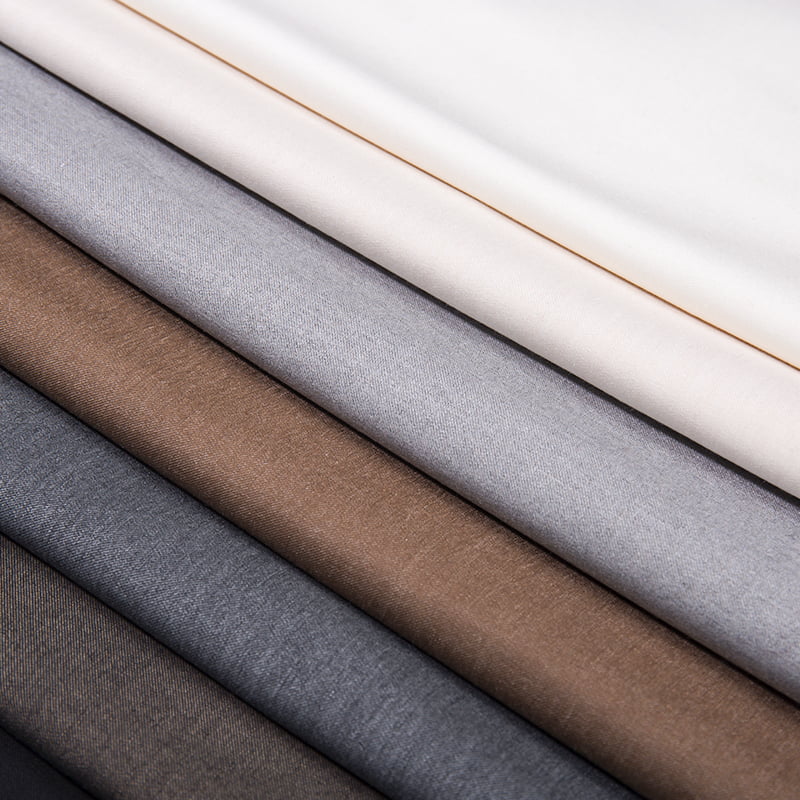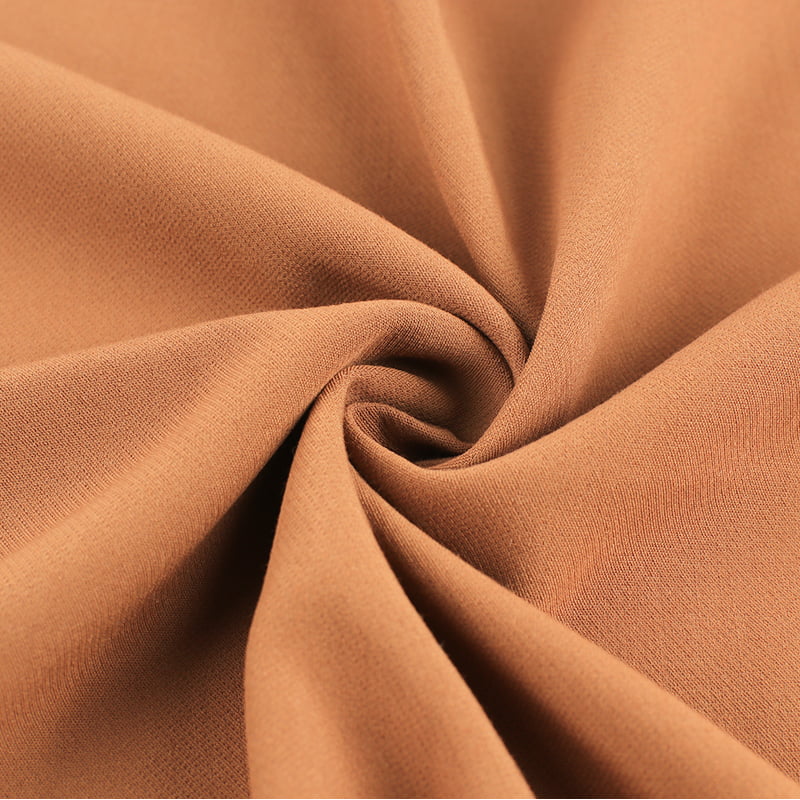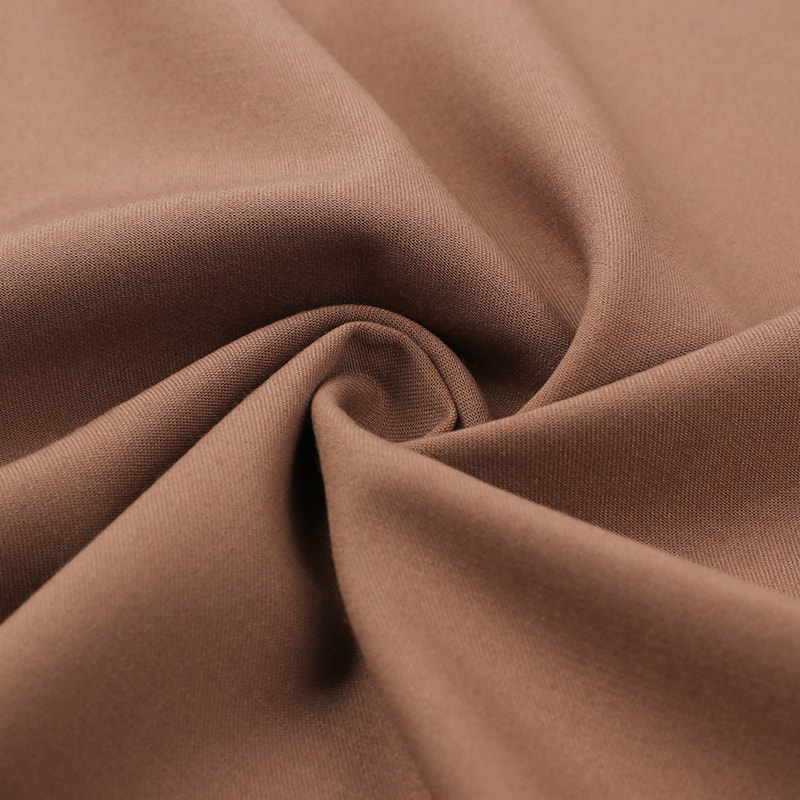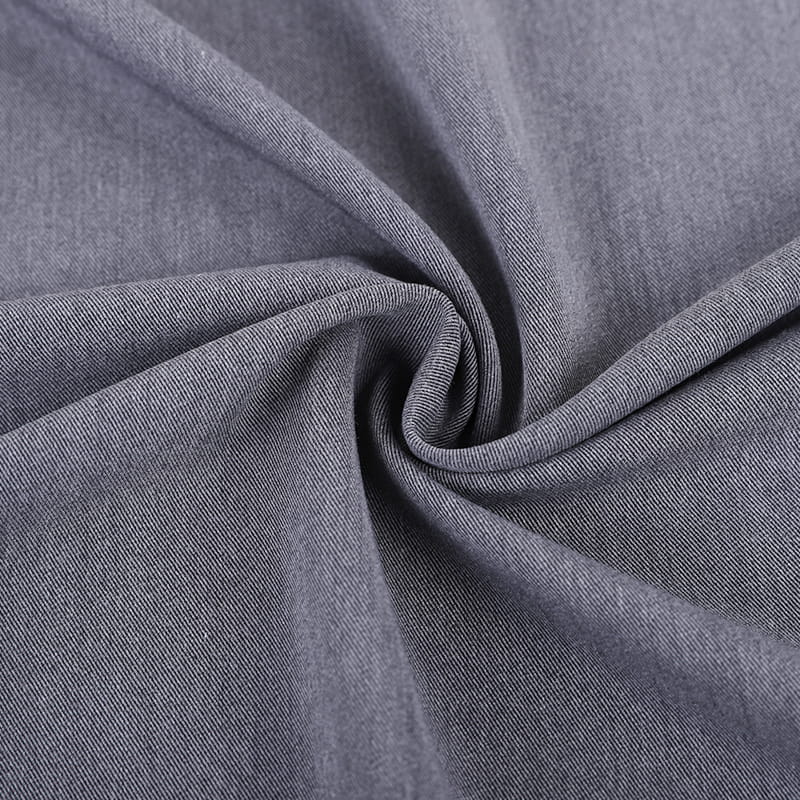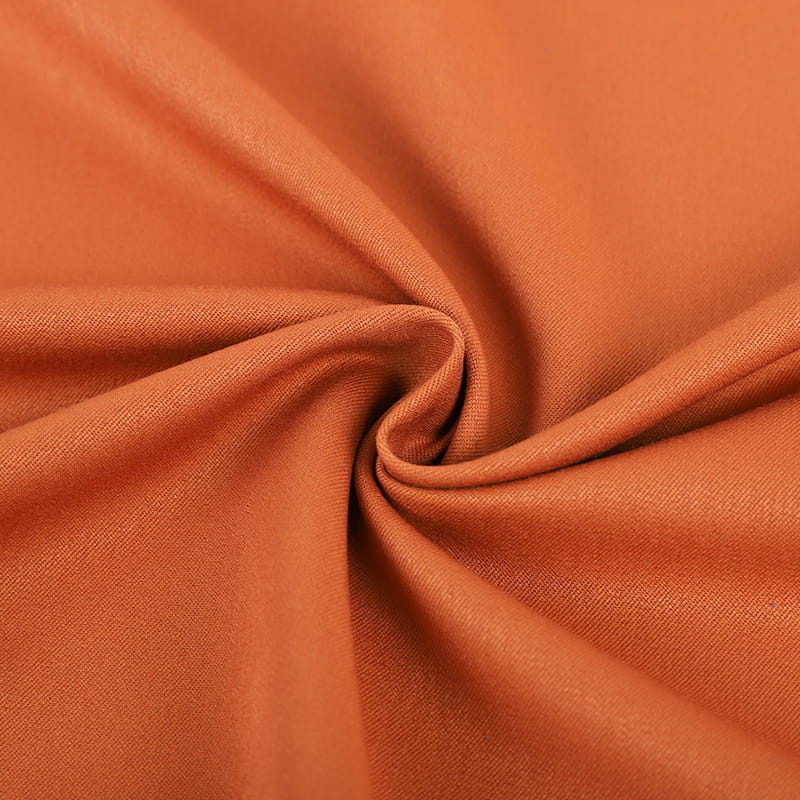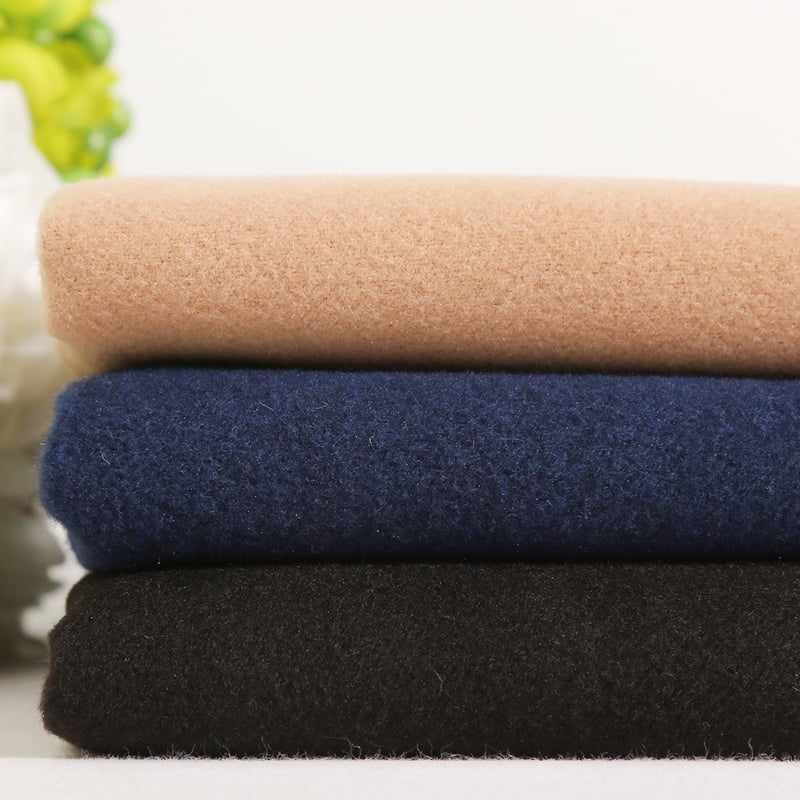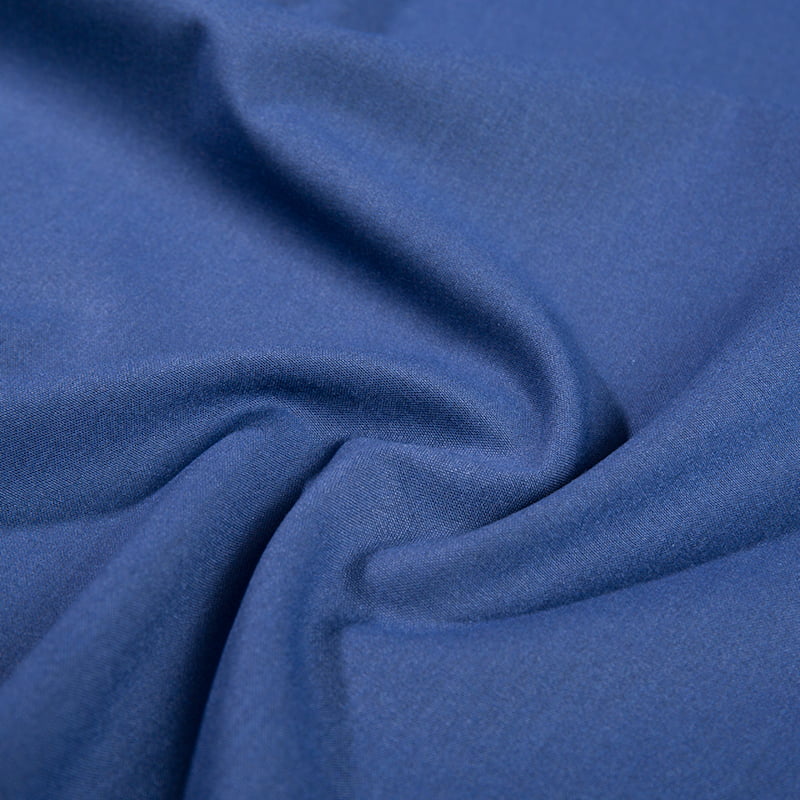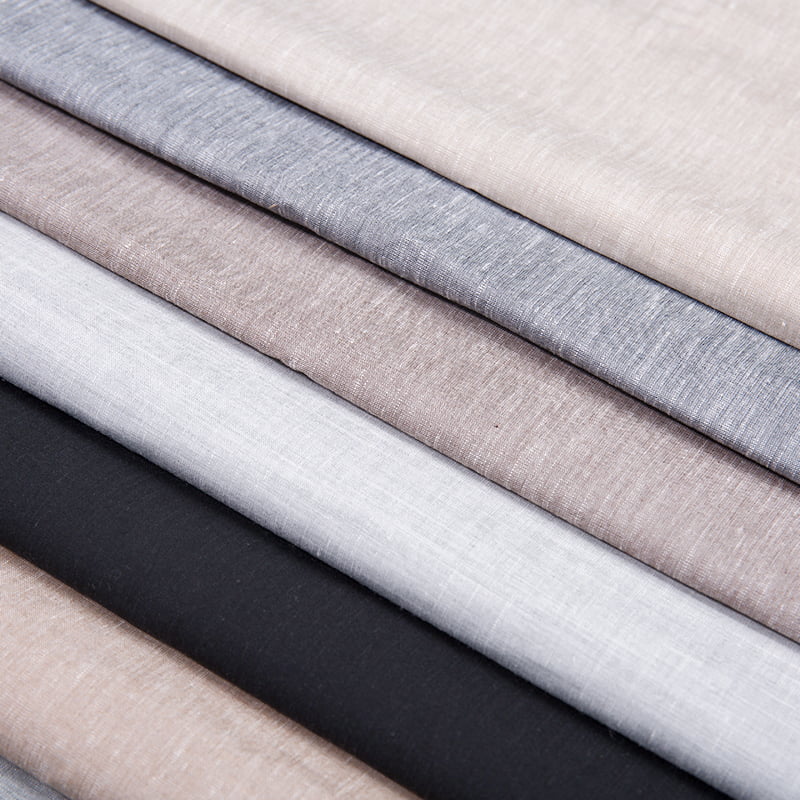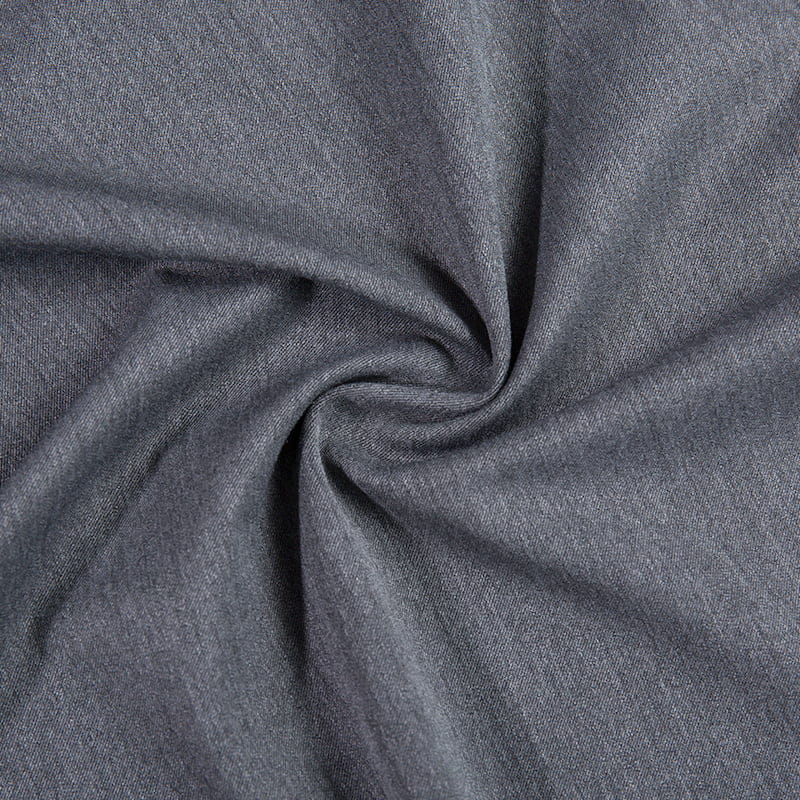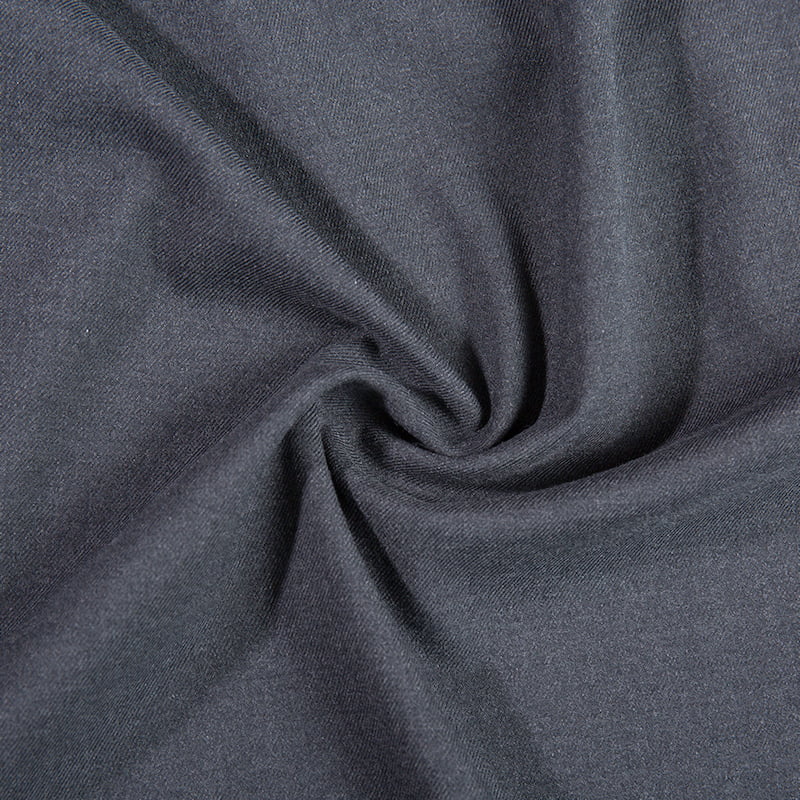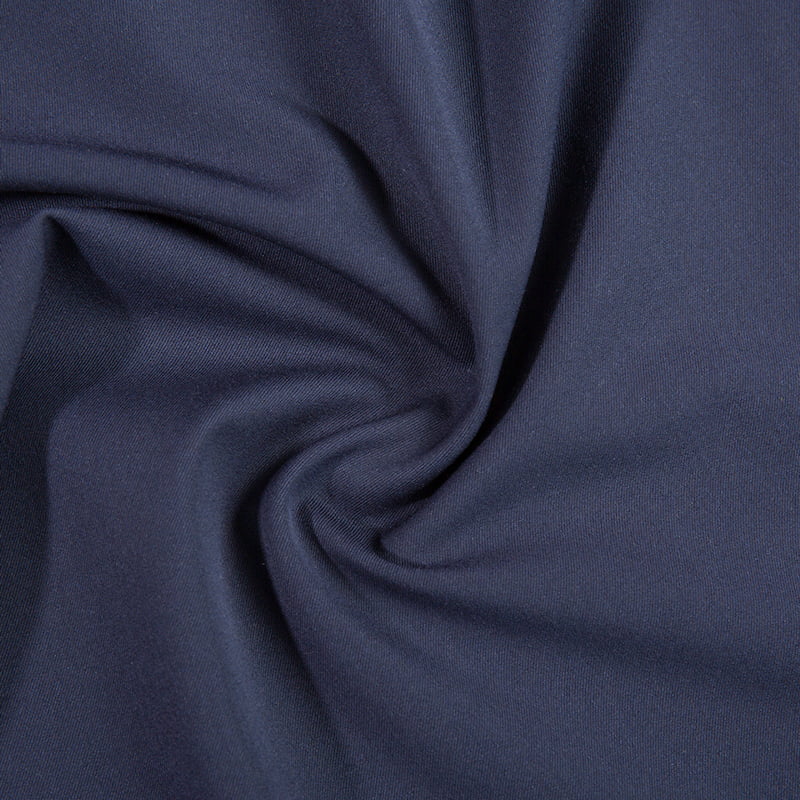The demand for versatile, comfortable, and aesthetically pleasing fabrics is stronger than ever. Dyed woven blends of polyester (poly), rayon, and stretch fibers (like elastane/spandex) fit this bill perfectly, offering durability, drape, softness, and essential flexibility. But as sustainability becomes a non-negotiable priority for consumers and the industry, a critical question arises: Can such a complex fabric blend genuinely be considered eco-friendly?
The straightforward answer is not a simple yes or no. Achieving significant Dyed Poly Rayon Woven Fabric With Stretch requires meticulous attention to sourcing, manufacturing processes, and end-of-life planning. Here’s a professional guide to evaluating its potential sustainability:
1. Acknowledging the Environmental Challenges:
- Fossil Fuel Dependence: Virgin polyester is derived from non-renewable petroleum. Its production is energy-intensive and contributes significantly to greenhouse gas emissions and resource depletion.
- Stretch Fiber Concerns: Elastane (typically 2-10% of the blend) is also petroleum-based and notoriously difficult to recycle. Its presence complicates biodegradability and end-of-life management for the entire fabric.
- Rayon's Nuances: While rayon comes from renewable wood pulp (often bamboo, eucalyptus, beech), conventional production involves heavy chemicals like carbon disulfide. Processes like the viscose method can pollute waterways and harm workers if not strictly managed. Deforestation for pulp sourcing is another critical risk.
- Dyeing Impact: Traditional dyeing consumes vast amounts of water and energy. Discharge of untreated dye effluents containing heavy metals and toxic chemicals pollutes aquatic ecosystems.
- Microplastics & End-of-Life: Polyester and elastane shed microplastics during washing. Furthermore, the blend of synthetic and semi-synthetic fibers makes recycling exceptionally challenging, often leading to landfill or incineration.
2. Pathways Towards Reduced Impact (Making it "More" Eco-Friendly):
While inherently complex, significant strides towards eco-friendliness are possible:
- Recycled Polyester (rPET): Replacing virgin polyester with high-quality recycled polyester (rPET) derived from post-consumer plastic bottles or post-industrial waste drastically reduces reliance on fossil fuels, lowers energy consumption (estimated 30-50% reduction vs. virgin), and diverts plastic waste. Look for certifications like GRS (Global Recycled Standard).
- Responsible Rayon Sourcing: Opt for rayon produced using stringent environmental and social standards:
- Certified Sustainable Wood Pulp: FSC (Forest Stewardship Council) or PEFC certification ensures responsible forestry.
- Closed-Loop Processes: Technologies like Lyocell (often branded as Tencel™) use non-toxic solvents in a closed-loop system where over 99% of the solvent is recycled. Processes like ECOVERO™ viscose also prioritize sustainable sourcing and lower environmental impact. Look for certifications like FSC, PEFC, EU Ecolabel, or specific brand commitments to closed-loop.
- Traceability: Brands committed to transparency about their rayon supply chain are preferable.
- Eco-Conscious Dyeing:
- Low-Impact Dyes: Utilize dyes requiring less water, lower temperatures, and higher fixation rates (reducing dye runoff).
- Waterless/Supercritical CO2 Dyeing: Emerging technologies significantly reduce or eliminate water consumption.
- Digital Printing: Minimizes water and dye waste compared to traditional methods.
- Wastewater Treatment: Non-negotiable requirement: effective on-site treatment plants meeting ZDHC (Zero Discharge of Hazardous Chemicals) standards or equivalent.
- Minimizing Stretch Impact: While eliminating stretch may not be feasible, minimizing the elastane content (just enough for required performance) and exploring emerging bio-based elastane alternatives (though still nascent) are steps forward. Acknowledging the end-of-life challenge upfront is crucial.
- Energy Efficiency: Manufacturing facilities powered by renewable energy sources (solar, wind) dramatically lower the carbon footprint of production.
- Transparency & Certifications: Reputable third-party certifications are key indicators:
- Bluesign®: Certifies inputs, processes, and final products meet stringent environmental and safety criteria.
- GRS (Global Recycled Standard): Verifies recycled content and responsible practices.
- OEKO-TEX® STANDARD 100: Ensures the final fabric is free from harmful levels of toxic substances.
- GOTS (Global Organic Textile Standard): While primarily for natural fibers, its strict environmental and social criteria can be a benchmark for rayon components.
3. The Verdict: Context and Commitment Matter
Dyed poly-rayon woven fabric with stretch cannot be universally labeled as "eco-friendly" in an absolute sense due to its petroleum-derived components and complex recyclability. However, it can be produced in a significantly more environmentally and socially responsible manner.
True eco-friendliness depends entirely on:
- Material Choices: High % of rPET, responsibly sourced and processed rayon (preferably closed-loop), minimized elastane content.
- Advanced Manufacturing: Water-saving dyeing technologies, robust wastewater treatment, renewable energy use, reduced chemical inputs.
- End-of-Life Strategy: Acknowledging recycling challenges and investing in solutions like durable design, take-back schemes, and research into advanced recycling technologies.
- Transparency & Verification: Robust traceability and credible third-party certifications.


 English
English 中文简体
中文简体 日本語
日本語 한국어
한국어 Español
Español русский
русский
